Snakes have slithered their way into the hearts of many pet enthusiasts, offering a unique and fascinating alternative to traditional furry companions. With their mesmerizing movements, distinctive personalities, and relatively low-maintenance care requirements, these reptiles have become increasingly popular choices for pet owners seeking something different. However, not all snake species make suitable pets, and choosing the right one depends on various factors including experience level, space constraints, and personal preferences. This article explores the most popular snake breeds that have proven to be excellent companions for reptile enthusiasts, detailing their characteristics, care requirements, and why they might be the perfect addition to your home. Whether you’re a first-time snake owner or looking to expand your reptilian family, this guide will help you navigate the diverse world of pet snakes.
Ball Pythons: The Perfect Beginner Snake
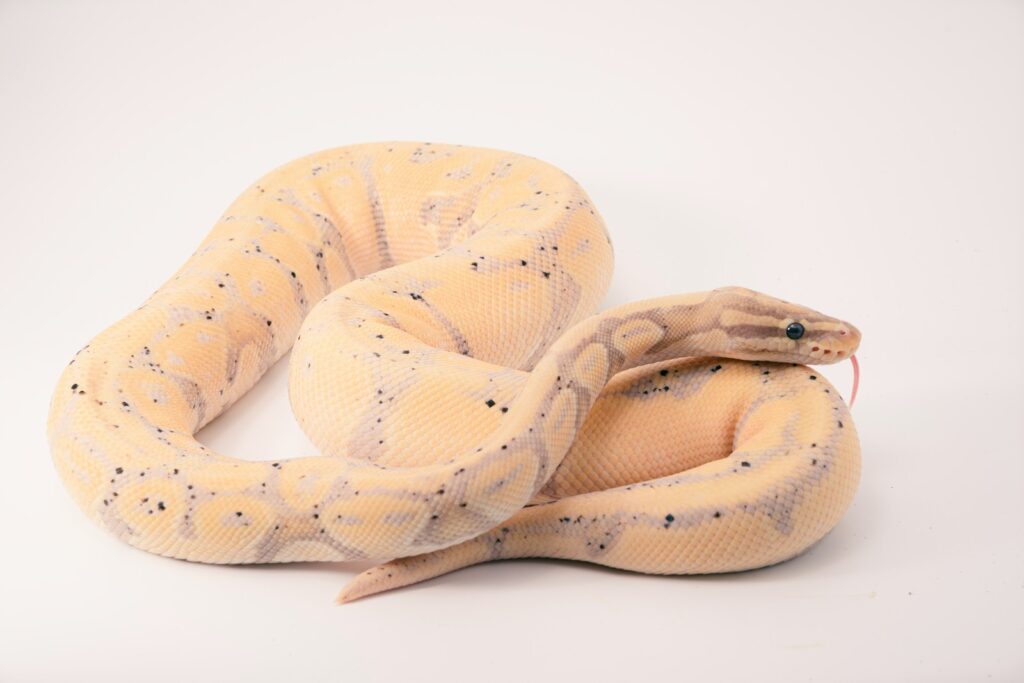
Ball pythons (Python regius) have earned their place as the most popular pet snake species worldwide, and for good reason. These docile reptiles typically grow to a manageable 3-5 feet in length, making them suitable for owners with limited space. Their calm temperament and reluctance to bite make them ideal for handling, even by novice keepers or families with older children. Ball pythons derive their name from their defensive behavior of curling into a tight ball when stressed, tucking their head in the center – a charming trait that many owners find endearing rather than problematic. With proper care, these hardy snakes can live 20-30 years in captivity, making them a long-term commitment for dedicated owners.
Corn Snakes: Colorful and Low-Maintenance
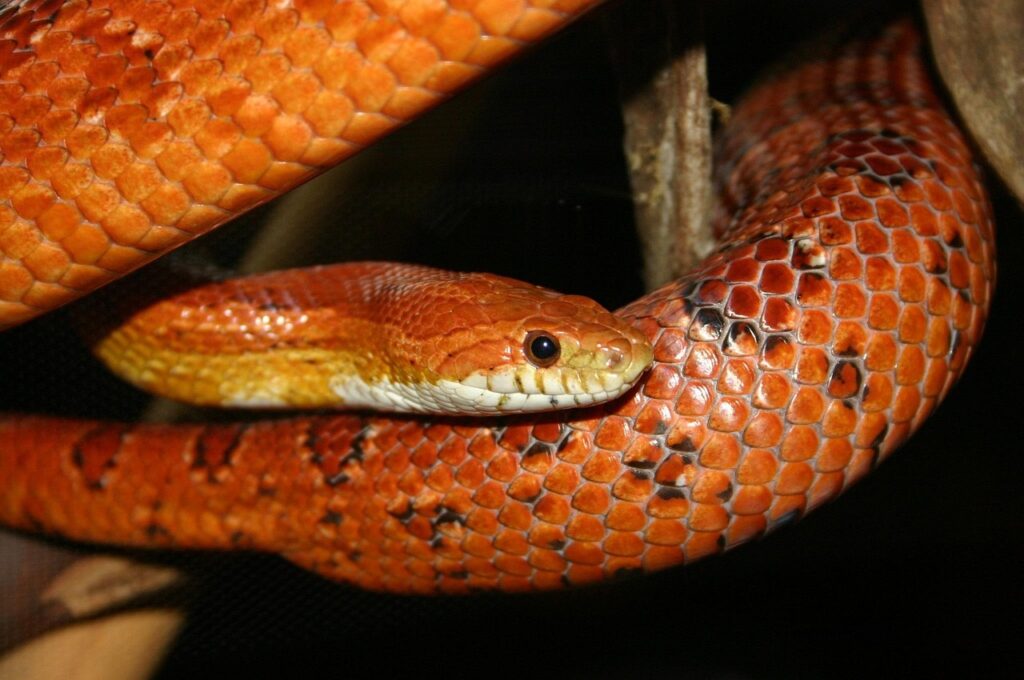
Corn snakes (Pantherophis guttatus) have cemented their reputation as one of the most beginner-friendly snake species available in the pet trade. These North American natives are renowned for their stunning array of color morphs, from classic orange and red patterns to lavender, caramel, and even albino varieties. Typically growing to 3-5 feet in length, corn snakes remain relatively small compared to many other constrictors, making them manageable for most living situations. Their docile nature, infrequent feeding requirements (usually once every 7-10 days), and straightforward husbandry needs make them exceptionally low-maintenance pets. Additionally, corn snakes are known for their curious and active behavior, providing entertainment and engagement for their owners without the aggression sometimes seen in other species.
Kingsnakes: Hardy and Visually Striking
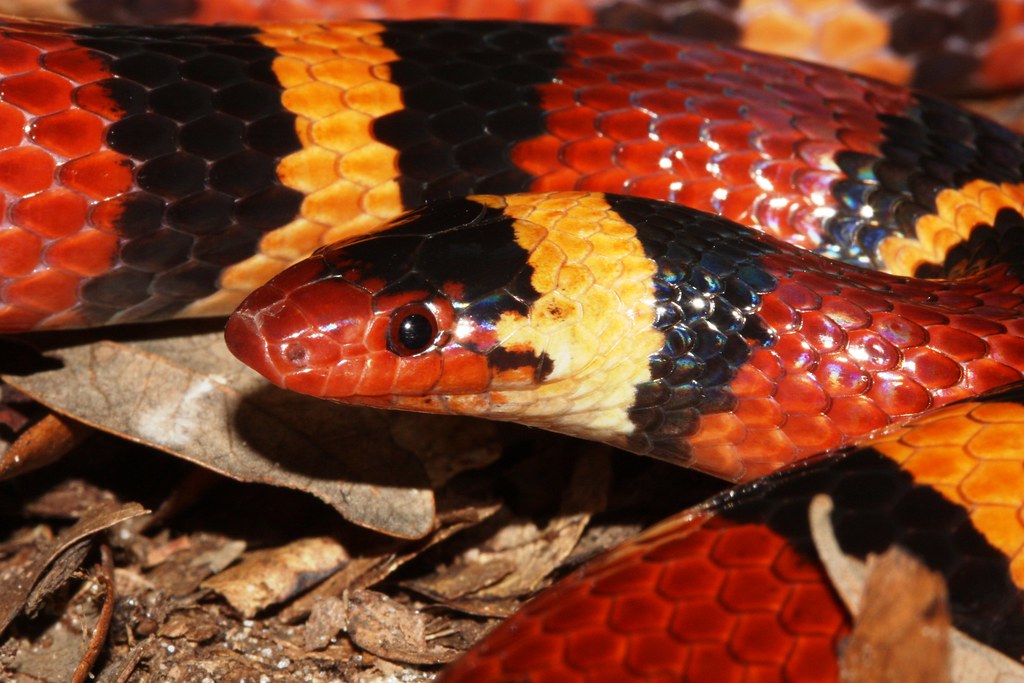
Kingsnakes represent some of the most resilient and adaptable pet snake options, with several species gaining popularity among enthusiasts. The California kingsnake (Lampropeltis californiae) and the Mexican black kingsnake (Lampropeltis getula nigrita) are particularly sought after for their striking appearance and manageable size of 3-6 feet. These snakes earn their regal name from their natural ability to prey on other snakes, including venomous species, thanks to their immunity to certain venoms – though as pets, they thrive on a diet of appropriately sized rodents. Kingsnakes typically display a confident temperament that makes handling sessions enjoyable, with most specimens becoming quite tame with regular interaction. Their remarkable hardiness and resistance to common reptile health issues make them excellent choices for keepers who want a low-stress pet snake experience.
Milk Snakes: Vibrant Colors and Moderate Size
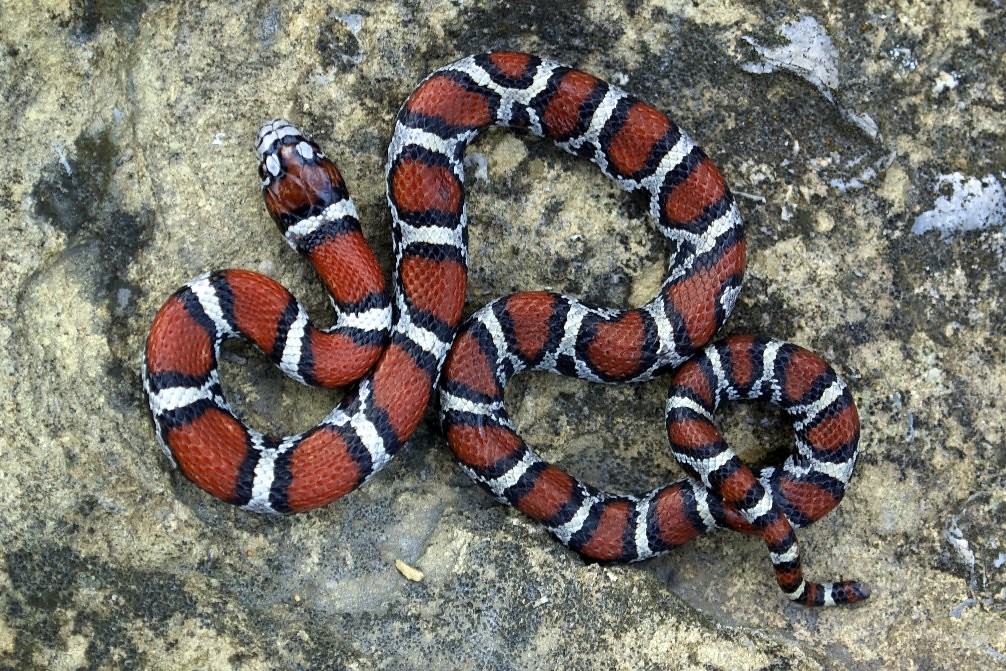
Milk snakes (Lampropeltis triangulum), close relatives of kingsnakes, have become increasingly popular pets due to their spectacular coloration and manageable care requirements. Many subspecies display the iconic red, black, and yellow/white banding that mimics the venomous coral snake – a classic example of Batesian mimicry in nature. Despite this intimidating appearance, milk snakes are completely harmless constrictors that rarely exceed 4 feet in length, making them suitable for keepers with limited space. Their docile temperament develops well with regular handling, though juveniles may be slightly more defensive until they grow accustomed to human interaction. Milk snakes are known for their secretive nature and might spend much of their time hiding in enclosure decorations, but their vibrant colors make even occasional glimpses a rewarding experience for their owners.
Garter Snakes: Native and Naturally Curious
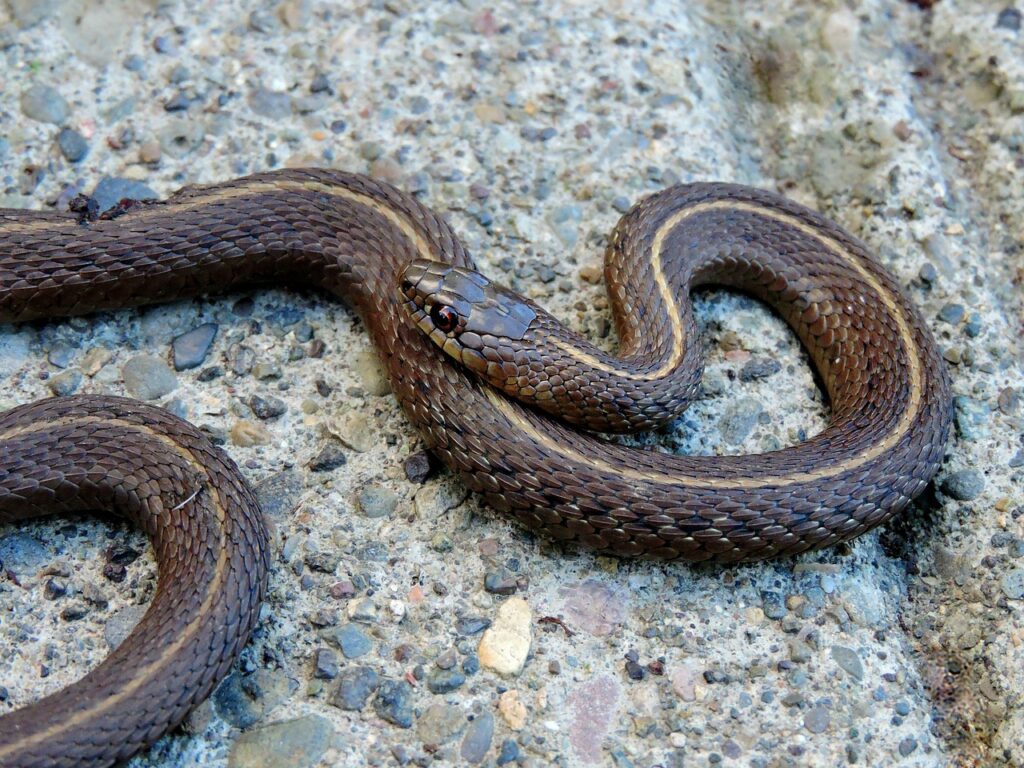
Garter snakes (Thamnophis species) offer a unique entry point into snake keeping as one of the few species that doesn’t require a strict rodent-based diet. These slender, active snakes can subsist on a varied menu including fish, earthworms, and amphibians, though captive-bred specimens often accept thawed rodent prey as well. Typically reaching only 2-3 feet in length, garter snakes are among the smallest popular pet snakes, making them ideal for apartments or smaller living spaces. Their naturally inquisitive behavior means they’re often visible and active in their enclosures, providing more frequent interaction opportunities than some nocturnal species. While they may produce a musky odor when stressed and occasionally deliver harmless nibbles if frightened, most captive-bred garter snakes develop into curious and handleable pets with regular, gentle interaction.
Boa Constrictors: Gentle Giants
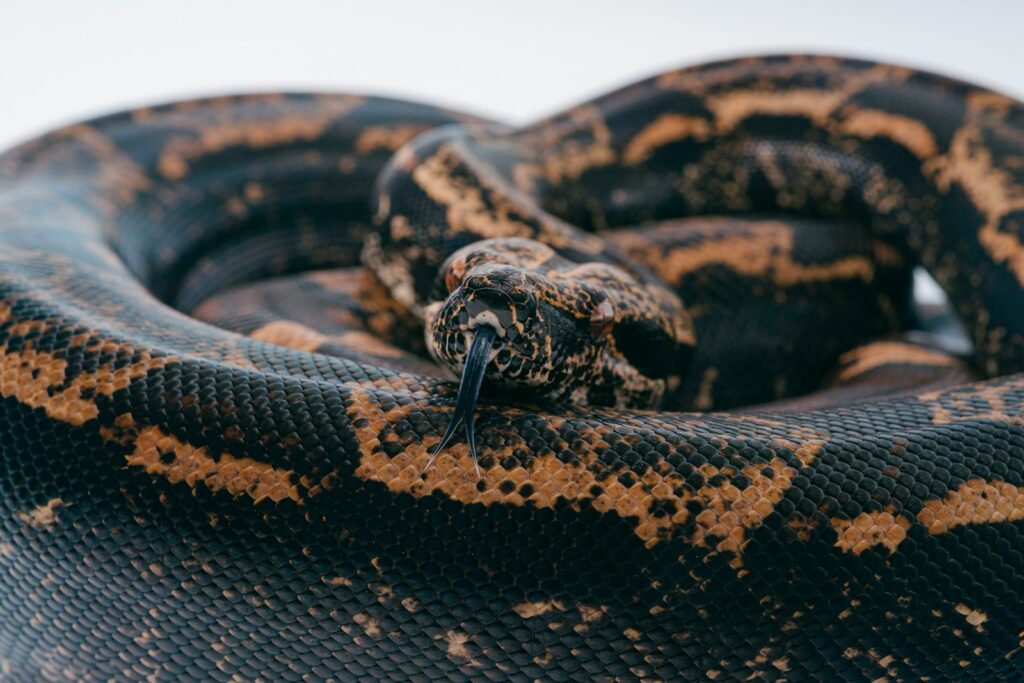
Boa constrictors (Boa imperator, formerly Boa constrictor) represent a step up in size and commitment compared to the previously mentioned species, but their popularity remains strong among intermediate reptile keepers. These impressive snakes typically reach 6-10 feet in length, with females growing substantially larger than males, requiring spacious enclosures and careful handling considerations. Despite their imposing size, properly socialized boas often develop remarkably gentle dispositions, moving deliberately and calmly during handling sessions. Their slow metabolism means they require infrequent feedings compared to many smaller species, with adult specimens often eating just once every 2-3 weeks. Boa constrictors showcase beautiful patterns and colors, with various morphs available including albinos, hypomelanistic, and motley varieties, making them visually striking additions to any reptile collection.
Rosy Boas: Desert Gems
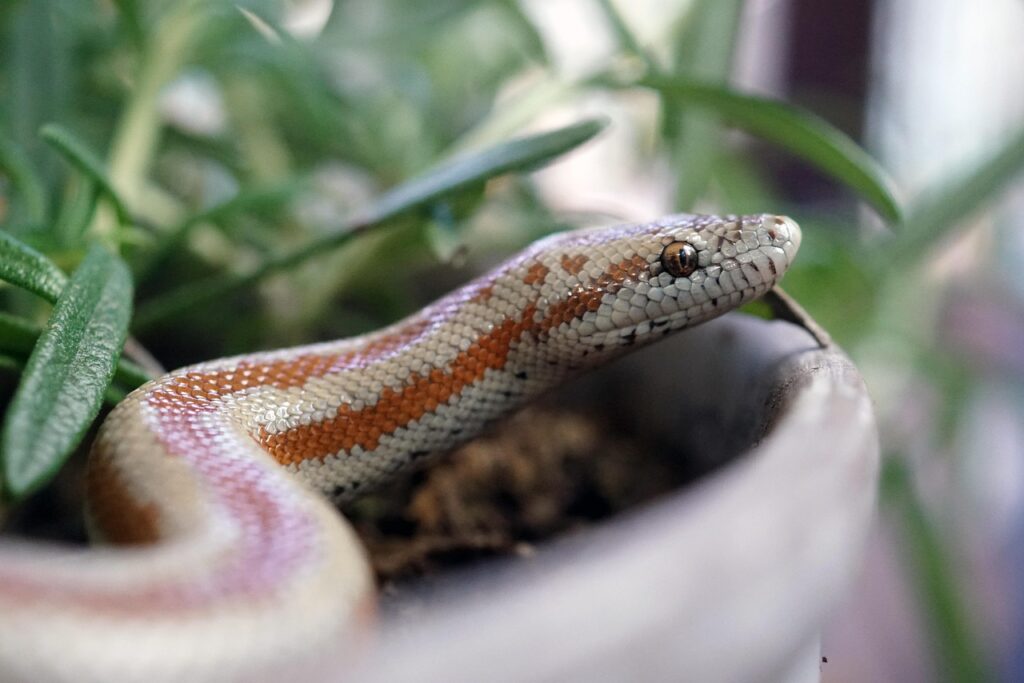
Rosy boas (Lichanura trivirgata) have carved out a niche among snake enthusiasts seeking a small, docile species with minimal space requirements. Native to the southwestern United States and northern Mexico, these desert-adapted snakes rarely exceed 3 feet in length, making them one of the smallest members of the boa family commonly kept as pets. Their stocky build, blunt faces, and smooth scales give them a distinctive appearance, while their gentle temperament makes them excellent handling snakes even for beginners. Rosy boas are renowned for their remarkably slow movement compared to many other snake species, which can be particularly reassuring for nervous handlers. Their natural habitat influences their care requirements, necessitating lower humidity levels than tropical species, which often translates to easier maintenance for keepers in drier climates.
Hognose Snakes: Theatrical Personalities

Western hognose snakes (Heterodon nasicus) have surged in popularity due to their manageable size and unparalleled personality among reptile pets. These distinctive snakes feature an upturned snout used for digging in their natural habitat, giving them their characteristic “hog-nosed” appearance. When threatened, hognoses put on one of the most dramatic displays in the snake world – flattening their necks, hissing loudly, and even playing dead by rolling onto their backs with mouths agape, a behavior that many owners find endearing rather than concerning. Typically reaching only 2-3 feet in length, with females substantially larger than males, hognoses require less space than many other popular species. While technically rear-fanged with mildly venomous saliva adapted for subduing amphibian prey, their delivery system is inefficient with humans, and allergic reactions are the main concern rather than toxicity.
Children’s Pythons: Small Australian Constrictors

Children’s pythons (Antaresia childreni), despite their name (which honors naturalist John George Children rather than referring to human offspring), represent excellent small python options for space-conscious keepers. These Australian natives typically reach just 2-4 feet in length, making them among the smallest pythons regularly kept as pets. Their slender build belies their strength as constrictors, though their calm temperament makes them generally amenable to handling once acclimated to their owners. Children’s pythons display attractive patterns of brown, tan, and gold that provide excellent camouflage in their natural habitat but create subtle beauty in captivity. Their close relatives, the spotted python (Antaresia maculosa) and Stimson’s python (Antaresia stimsoni), share similar care requirements and temperaments, giving keepers several options within this manageable python group.
Sand Boas: Burrowing Beauties
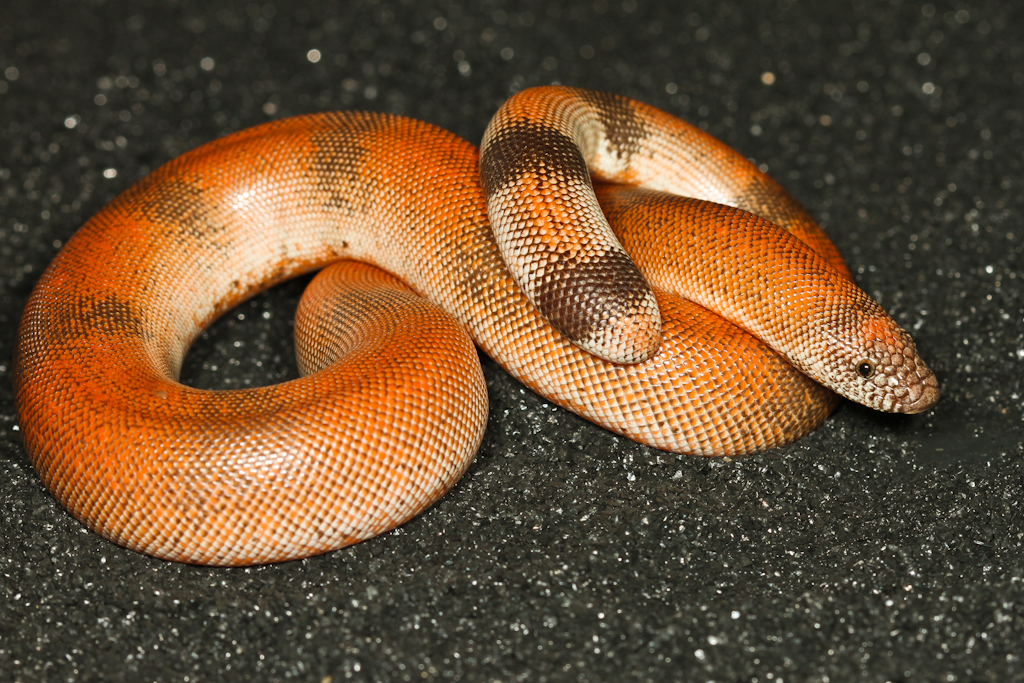
Kenyan sand boas (Gongylophis colubrinus) and Rosy sand boas (Gongylophis conicus) have gained devoted followings among enthusiasts seeking small, unique serpents with distinctive behaviors. These stocky, cylindrical snakes spend much of their time buried in substrate, with only their eyes and nostrils exposed – a behavior that reflects their ambush hunting strategy in the wild. Rarely exceeding 2-3 feet in length, with females substantially larger than males, sand boas require relatively small enclosures compared to many other popular pet snakes. Their docile nature above ground makes them suitable for gentle handling, though their burrowing tendencies mean they’re often not as visible as some other pet species. Kenyan sand boas in particular have become popular in the pet trade, with several color morphs available including albino, anery (lacking red pigment), and paradox varieties.
Rainbow Boas: Iridescent Beauties
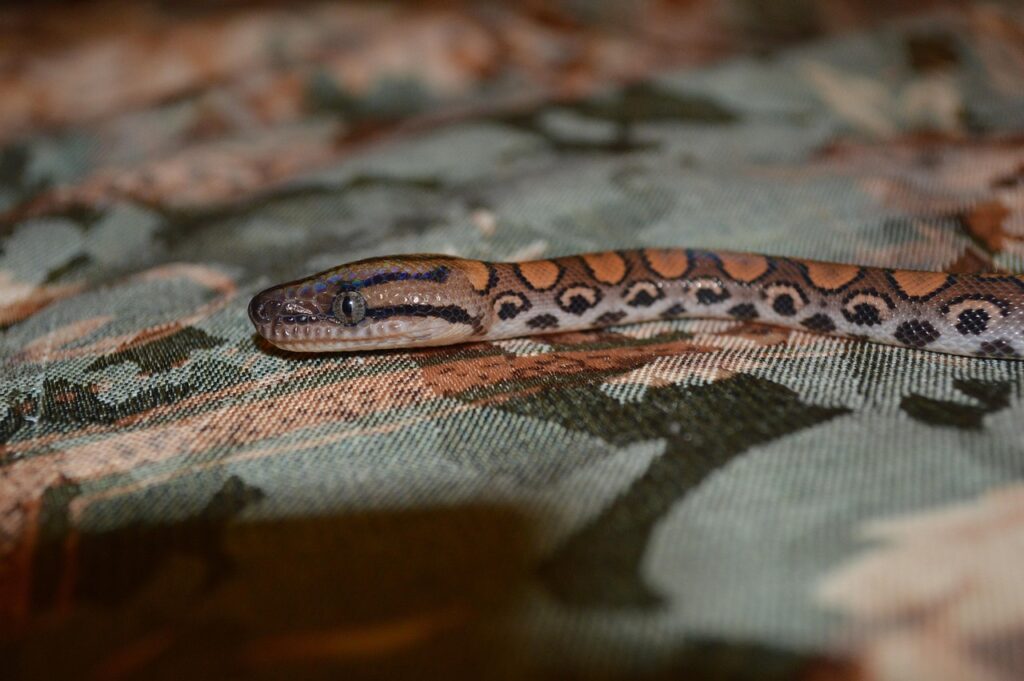
Brazilian rainbow boas (Epicrates cenchria) stand out among pet snakes for their stunning iridescent scales that shimmer with rainbow-like reflections under proper lighting. This visual spectacle, combined with their rich red-brown base coloration and black markings, makes them highly prized among collectors who appreciate aesthetic appeal. Growing to a moderate 5-7 feet in length, rainbow boas require more spacious housing than some smaller species but remain manageable for committed enthusiasts. Unlike many popular pet snakes, rainbow boas require higher humidity levels (70-80%) to maintain proper health and facilitate clean shedding of their remarkable scales. While juvenile specimens can be somewhat defensive, consistent gentle handling typically results in calm adult snakes that tolerate interaction well. Their moderate size, stunning appearance, and intermediate care requirements make them perfect for keepers looking to advance beyond beginner species.
Carpet Pythons: Intelligent and Athletic
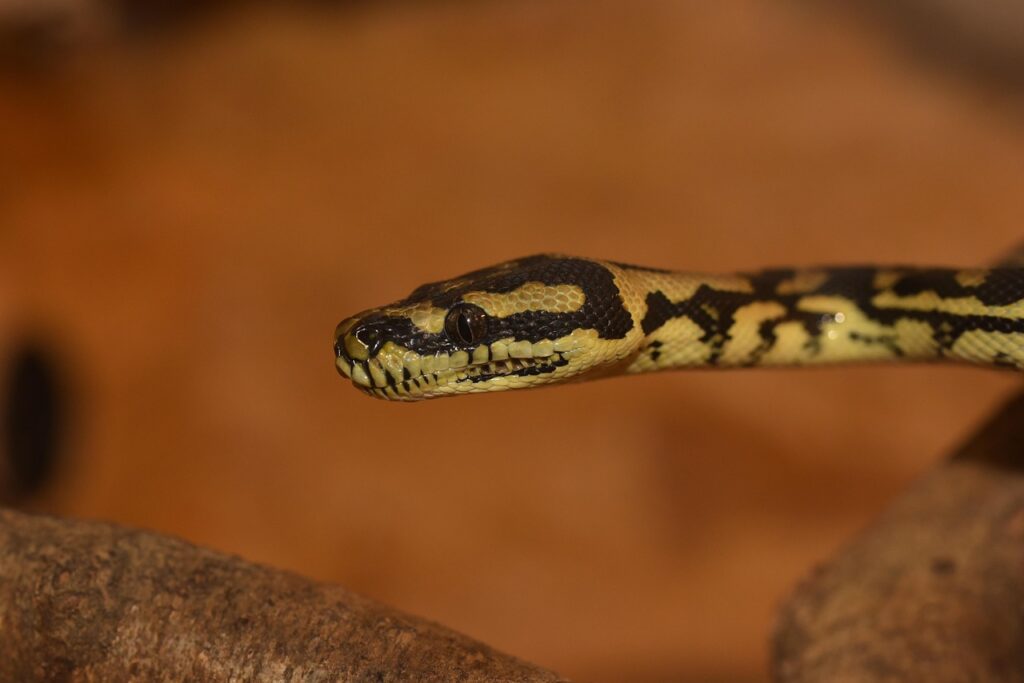
Carpet pythons (Morelia spilota subspecies) have earned a devoted following among experienced keepers who appreciate their intelligence, athletic abilities, and striking patterns. These Australian and New Guinean natives typically reach 6-9 feet in length, requiring substantial enclosure space with climbing opportunities to accommodate their semi-arboreal nature. Different subspecies offer varying patterns and temperaments, with the Jungle carpet python (M. s. cheynei) known for its contrasting yellows and blacks, while the Diamond python (M. s. spilota) displays thousands of small, jewel-like scales that inspired its name. Carpet pythons demonstrate notable environmental awareness and problem-solving abilities compared to many other snake species, often recognizing their keepers and showing curiosity during interactions. While some specimens can be defensive, especially as juveniles, most captive-bred carpet pythons become tolerant of handling with patience and consistent interaction.
Essential Considerations Before Adopting a Pet Snake
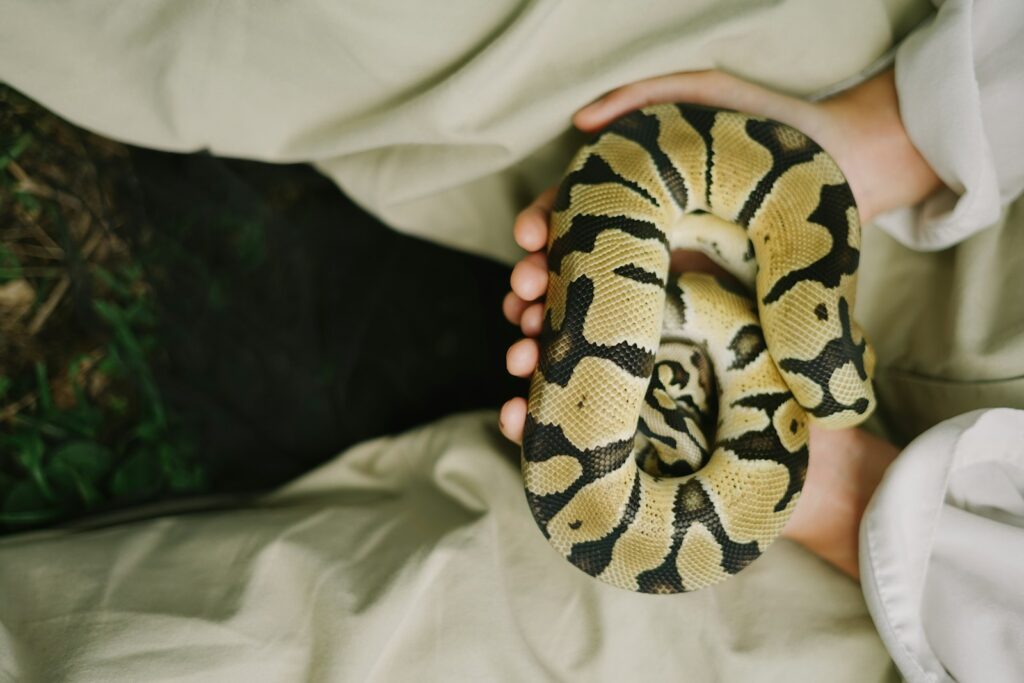
Before bringing any snake species home, prospective owners should honestly assess their commitment to these long-lived animals, with many species surviving 15-30+ years in captivity. The initial setup costs often exceed the price of the snake itself, requiring appropriate enclosures, heating elements, thermostats, substrate, hides, and other essential equipment. Potential owners should also consider their comfort level with feeding practices, as most pet snakes require a diet of frozen-thawed rodents that must be stored in a separate freezer. Local regulations deserve thorough research, as some municipalities and housing agreements prohibit exotic pets or specific snake species regardless of their harmless nature. Finally, access to exotic veterinary care remains critical, as finding qualified reptile veterinarians can be challenging in some areas, potentially resulting in long travel times for necessary medical attention.
The world of pet snakes offers remarkable diversity in size, appearance, temperament, and care requirements, allowing prospective owners to find the perfect serpentine companion that matches their experience level and lifestyle. From the docile ball python and colorful corn snake for beginners to the impressive boa constrictor and intelligent carpet python for more experienced keepers, there’s a suitable species for nearly every responsible enthusiast. When selecting your scaly companion, prioritize captive-bred specimens over wild-caught individuals, as they typically demonstrate better health, more predictable temperaments, and don’t contribute to depleting wild populations. Remember that proper research, preparation, and commitment to the lifetime care of these fascinating animals remains essential to successful snake keeping. With the right species selection and appropriate husbandry, these remarkable reptiles can provide decades of low-maintenance companionship and a window into the extraordinary world of reptilian behavior.

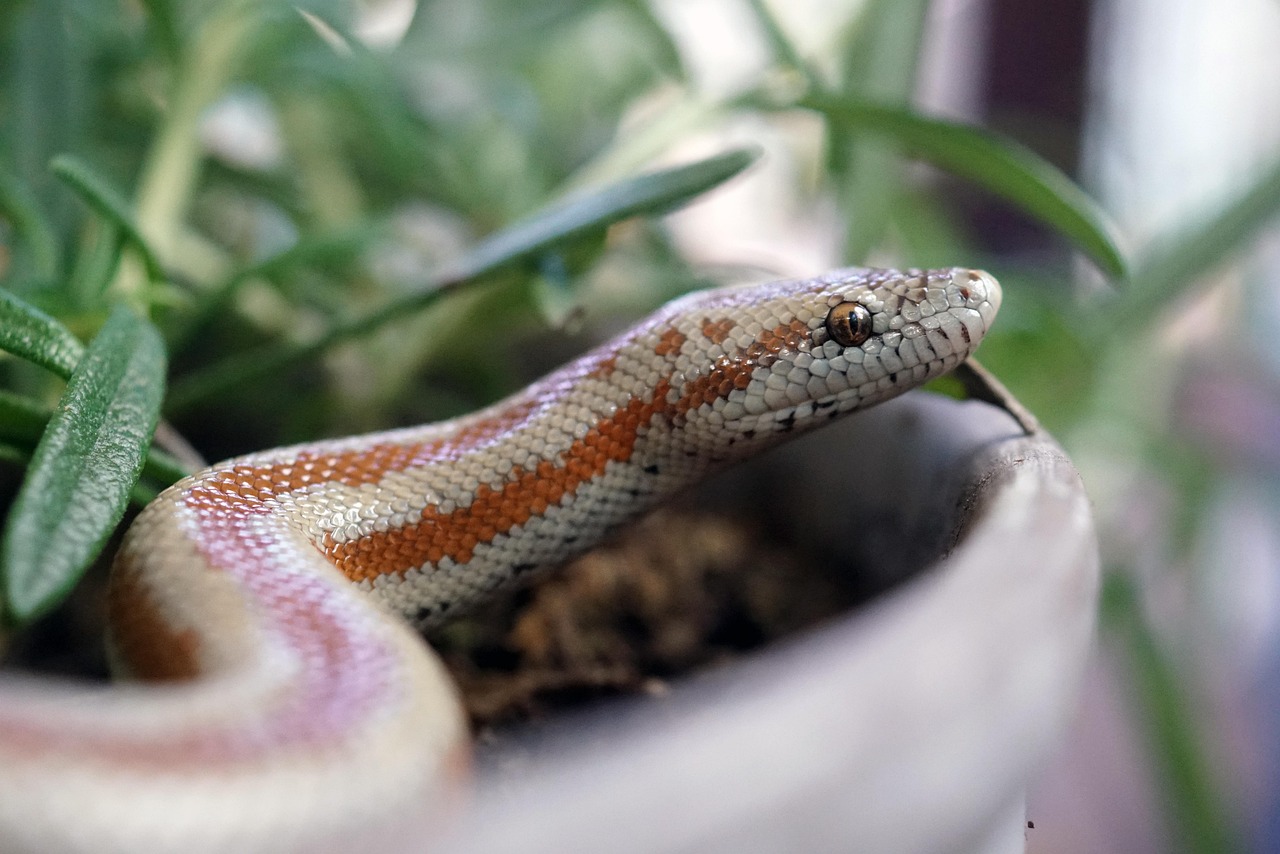
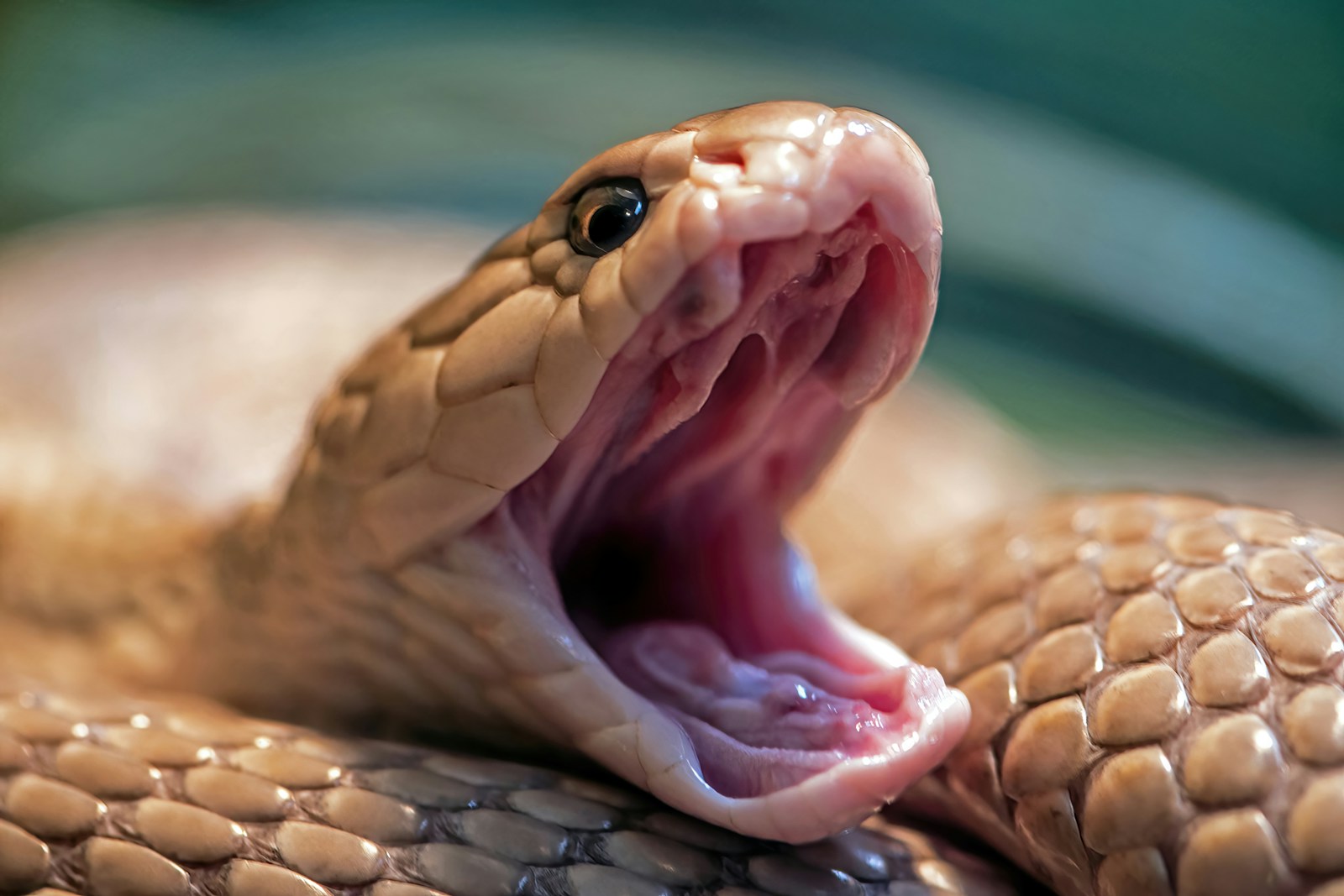


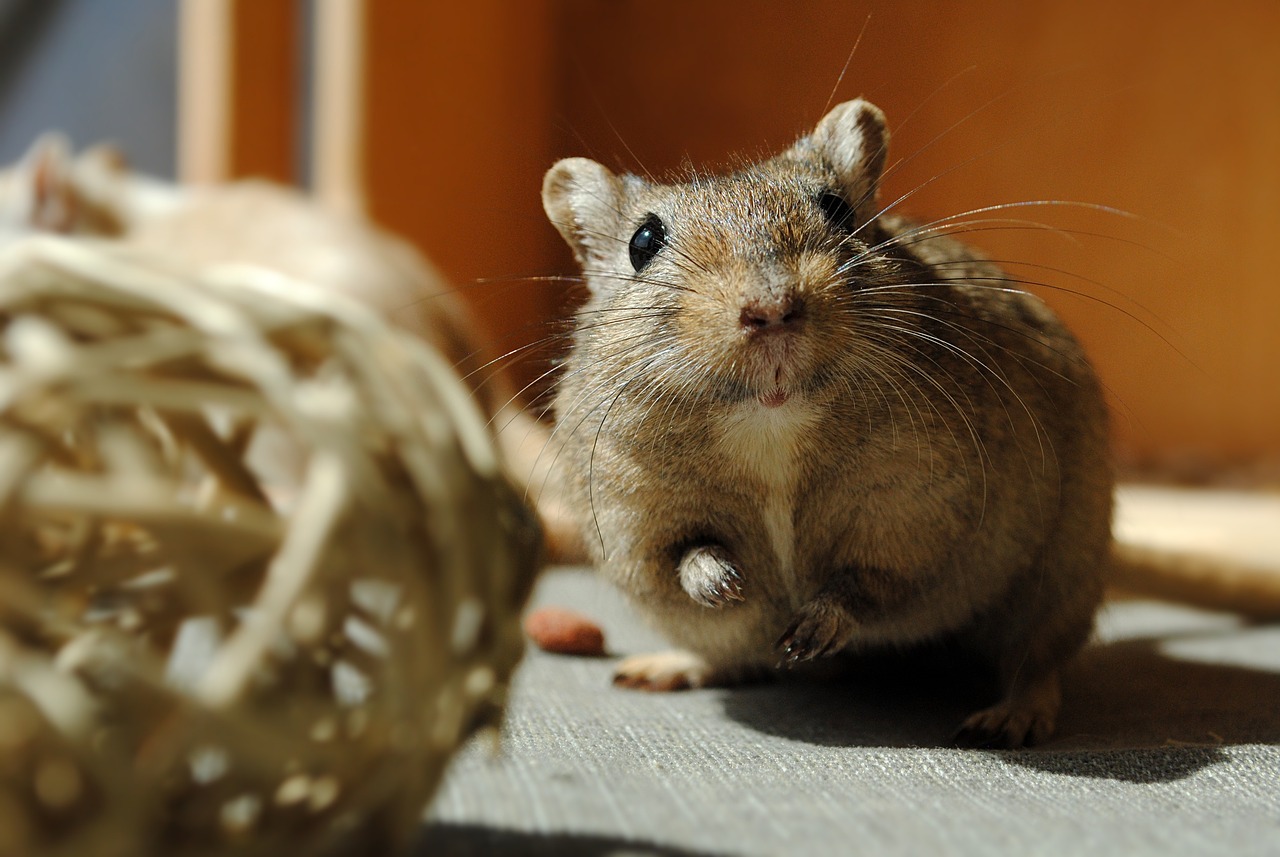


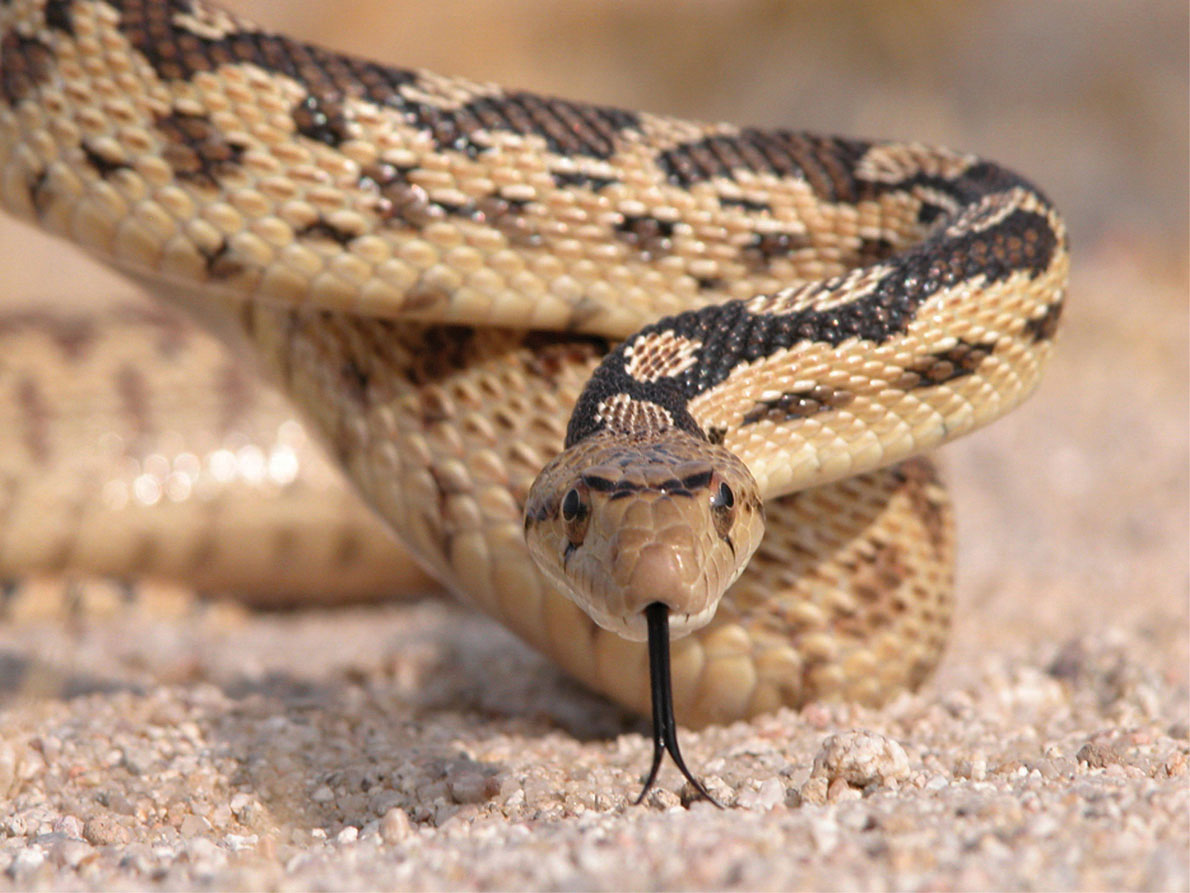
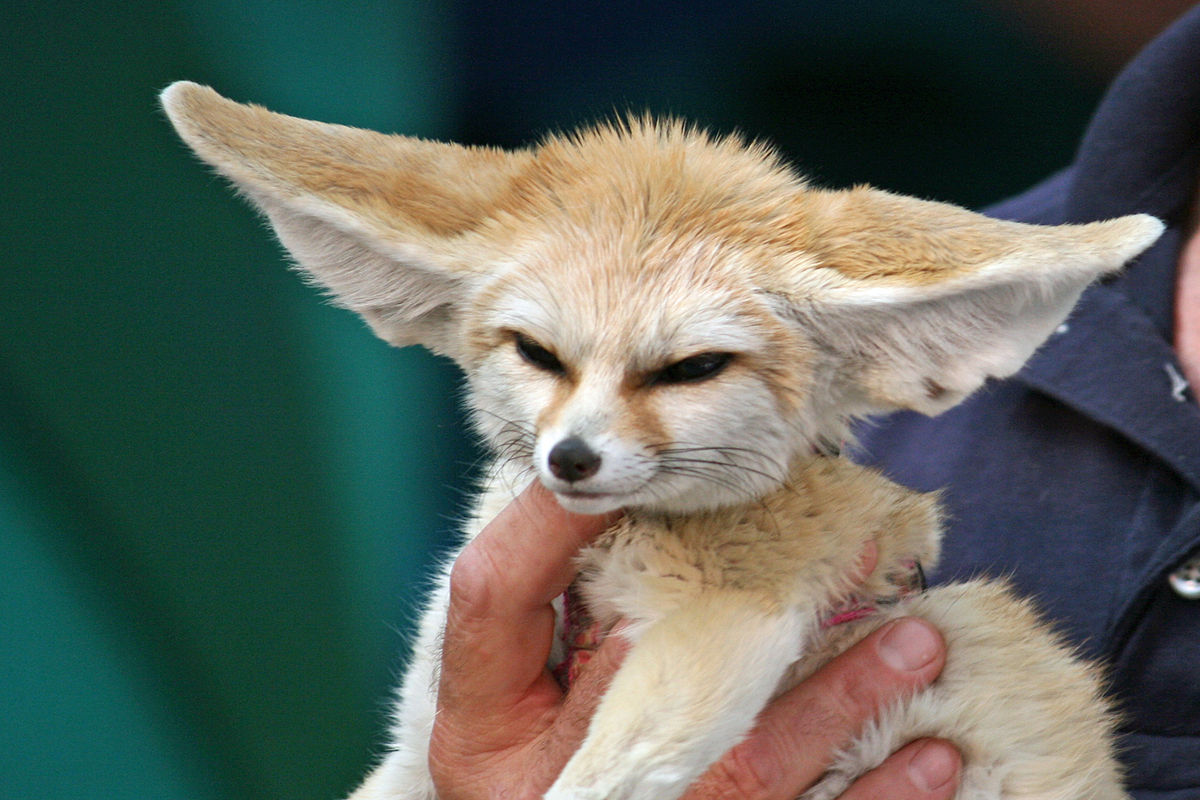






Leave a Reply